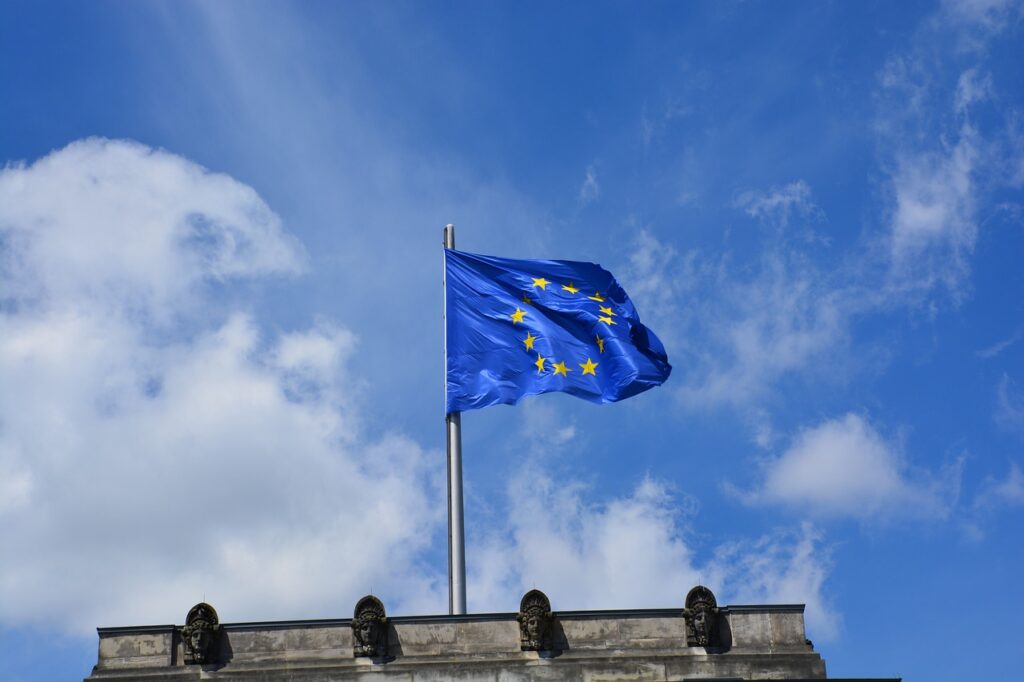Europe is making strides towards electrification and decarbonization, as evidenced by the recent allocation of a substantial €645 million EU grant to Denmark’s Bornholm Energy Island project.
This initiative stands at the forefront of transforming the North Sea into a hub for hybrid offshore energy solutions. Spearheaded by grid operators 50Hertz and Energinet, Bornholm aims to be the world’s first hybrid direct current interconnector. However, the project encounters regulatory hurdles, waiting on policy clarifications from Germany and Denmark before advancing in contracts for essential technology like converters and transformers.
A pivotal aspect of the Bornholm initiative connects a 3 GW offshore wind farm in the Baltic Sea to a power hub on Bornholm. The hub integrates two converters and facilitates direct current linkages to both the Danish and German mainlands. Yet, the need for robust grid infrastructure investments has become glaringly apparent, sparking comments from Vasiliki Klonari, WindEurope’s Director of Energy System Integration, on the urgency of building an integrated offshore grid to deliver affordable electricity across borders.
Currently, Europe possesses only one hybrid offshore wind farm, and industry experts stress the necessity for many more such interconnectors. These hybrids connect multiple countries directly to offshore wind farms, optimizing the electric grid by decreasing redundant cable connections and mitigating environmental impacts. WindEurope emphasizes a need for enhanced funding towards electricity grids, lamenting the recent modest allocation to smart grid projects—below 4% of the total budget—as opposed to the 40% directed towards hydrogen and ammonia initiatives.
In the face of these challenges, WindEurope points out an urgent need reflected in the EU Action Plan for Grids, calling for €584 billion in electricity grid investment by 2030 to support both national and cross-border projects. The emphasis on grid infrastructure is crucial to avoid becoming impediments to wind energy expansion and to achieve Europe’s clean energy ambitions.
In parallel, the Offshore Electricity Storage Technology Research (OESTER) project emerges as another beacon of innovation, uniting 16 European offshore renewable energy sector partners. Addressing the inherent instability of variable renewable energy production, OESTER targets the development of scalable offshore electricity storage technologies, essential to managing grid congestion and system imbalances. The project proposes short-term battery storage within wind turbine monopiles, medium-term compressed air and underground pumped hydro storage, alongside long-term electrolyser systems stationed on offshore platforms. This three-year initiative leans heavily on advanced technologies such as digital twins to optimize the performance and operations of these systems.
The EC’s latest funding round also highlighted Europe’s shifting focus, financing two other wind-centric projects: the Triton Link between Denmark and Belgium and an offshore wind connection in South Brittany, France. However, the scant allocation for projects enhancing electricity grid infrastructure draws attention to potential shortcomings in Europe’s overarching energy strategy, imperative now more than ever as the continent drives towards a more sustainable and electrified future.
Stay updated on the latest in energy! Follow us on LinkedIn, Facebook, and X for real-time news and insights. Don’t miss out on exclusive interviews and webinars—subscribe to our YouTube channel today! Join our community and be part of the conversation shaping the future of energy.





